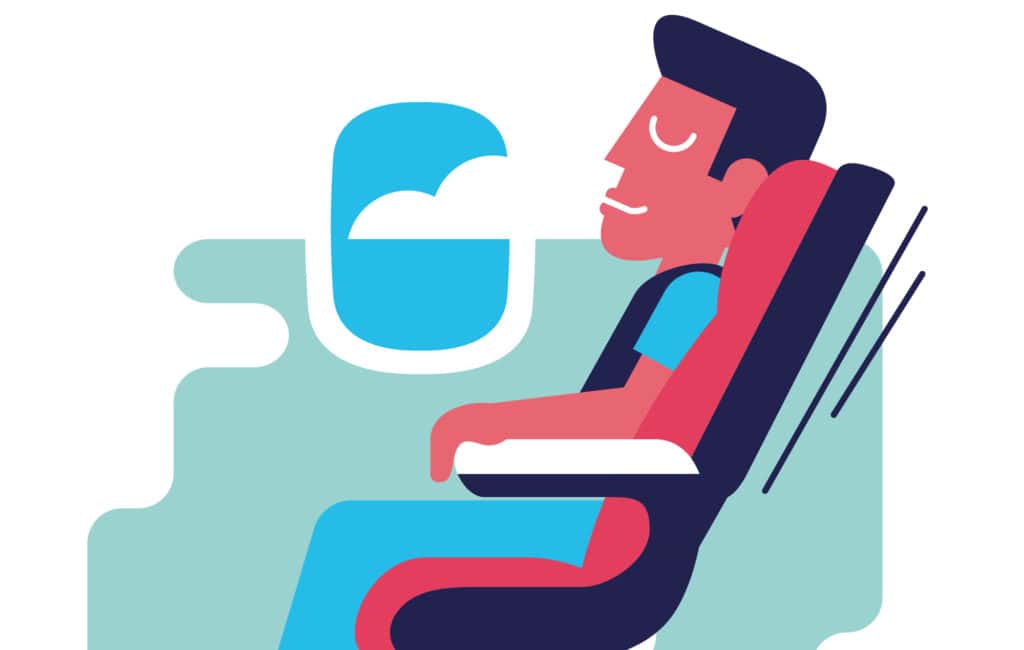APEX Survey Series: Is Targeted Advertising on Upgrades the Key to Boosting Ancillaries?
Share

Based on data from over 3,400 travelers from 18 countries, the APEX 2015 Global Passenger Insights Survey reveals crucial industry information on cabin comfort, in-flight connectivity and entertainment.
APEX Insight: Convincing thrifty economy passengers to fork out extra dollars for upgrades can be a tricky sell for any airline, but results from APEX’s Global Passenger Survey reveal that once converted, eight out of 10 passengers who upgrade to premium economy say they would do it again. With these promising figures in mind, APEX Media explores how airlines can better target passengers for seat upgrades and maximize revenue opportunities.
Premium Pays Off
The APEX 2015 Global Passenger Insights Survey revealed that not only do the majority of passengers who upgrade cabins think it’s worthwhile, it’s an experience they’d happily pay for again. Most notably, among flyers who spent extra for premium economy, 86 percent say they would make the same upgrade on a future flight. And though we’ve seen airlines invest in targeting business travelers for cabin upgrades, few are actively targeting the economy passenger.
“Most airlines lack coherent policies on selling upgrades.” – Joe Leader, APEX CEO

APEX CEO Joe Leader cites several reasons for a lack of upselling to this air travel sector. “Most airlines lack coherent policies on selling upgrades,” he says. “Many attempt to charge full fare for cabins and limit their upgrade count to a set number of passengers.” Instead, Leader thinks airlines should adopt an individualized approach to upgrades if they are to gain maximum revenue from each passenger. “A personal traveler may be willing to spend a few hundred dollars on an upgrade versus a business traveler willing to spend over a thousand,” he adds.
Technology, Targeting, Timing
Using the right data also helps to discern the likelihood of upgrading among certain airline customers, according Tim Letheren, VP of Advertising at PaxLife, a company providing ancillary revenue opportunities to the industry. He says “nationality, age, gender, affluence, frequency of flying, cabin booked, reason for flying, device used and, importantly, timing have a bearing on propensity to upgrade.”
According to Letheren, the timing and ease of purchase are key factors in marketing upgrades, citing situations where travelers have time to kill and the option to purchase with a simple click as the best revenue opportunities. “It’s an exceptionally powerful combination. It opens up a whole new world of ancillary revenue possibilities,” he adds.
According to PaxLife, timing and ease of purchase are key factors in marketing upgrades.
PaxLife says its wireless in-flight entertainment system, which launches this month, delivers advanced advertising that streams directly to passengers’ personal devices. “From launch we are able to target by demographics: country of residence, gender and age, as well as by route and context,” says Letheren. “Airlines will get some very powerful insight around how passengers use their devices onboard, what sort of things they watch, buy and interact with – it will undoubtedly mean a better relationship and, inevitably, stronger ancillary revenues.”
Getting Creative
There are signs that the industry is beginning to think creatively about how they sell upgrades and maximize ancillary revenue. Over 30 airlines have tested, or are currently testing, the idea of auctioning off unfilled premium seats to passengers through various types of bidding systems at their departure gates. Virgin America’s SeatBoost auction at Las Vegas’ McCarran International Airport works by displaying passenger bids on a leaderboard next to the gate. Bidding is done via the SeatBoost app and starts at $10, $30 or $50, depending on the duration of the flight and the product on auction.
Other airlines are experimenting with virtual reality (VR) to sell cabin upgrades. KLM created an iOS and Android app that allows users to virtually walk around the Dutch carrier’s newest Boeing 787 Dreamliner and “test out” its business-class seats, while Virgin Atlantic launched Ida, a VR app offering 360-degree tours of the airline’s Clubhouse at Heathrow and Upper-Class cabin.
However airlines choose to upsell seats, data from the APEX survey suggests that once an economy passenger gets a taste of the premium experience, it’s hard to go back.
Click here to view the survey highlights infographic from the APEX 2015 Global Passenger Insights Survey. Are you an APEX member? Log in at apex.aero to access the full survey results.


